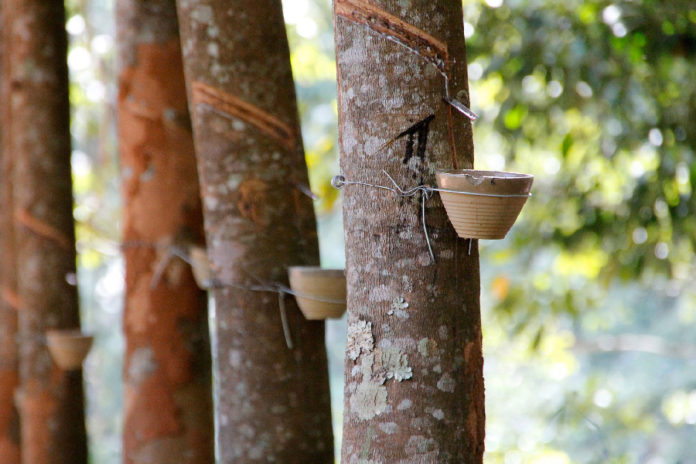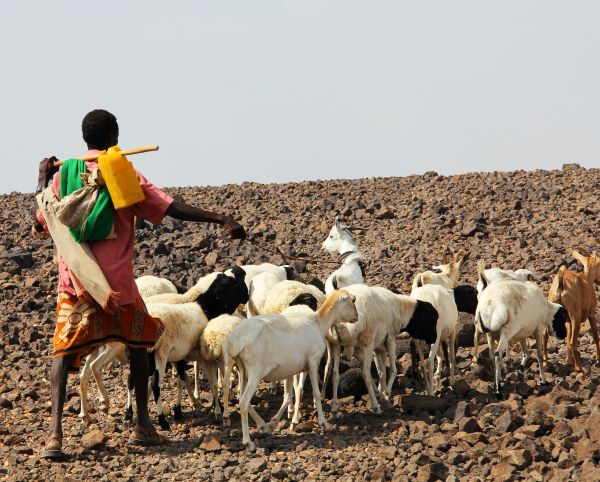The government of Cameroon in collaboration with a number of experts have initiated a program to boost rubber production by 6,667 tons in 2022
The programme aims develop oil palm and rubber tree plantations in the country. This ambition will be fulfilled by notably providing various supports to small farmers, and restoring and redeveloping existing plantations to boost per-hectare yield. This projected increase in rubber production will comfort the upturn already announced by the Bank of Central African States (BEAC) after a rather sluggish 2020 affected by the coronavirus pandemic.
The program will also help bring in more revenues for farmers given the uptrend being recorded in rubber prices in international markets since 2020. Indeed, according to BEAC data, in Q3-2020, rubber (23.6%), palm oil (22.8%), and sugar (14.6%) were the CEMAC region’s export products that recorded the highest price rise on the international market. In Q4-2020, rubber once again recorded the highest price rise, up by 35.2% quarter to quarter.
Year natural rubber production
This year natural rubber production in Cameroon will increase again, according to the business cycle forecast recently published by the Bank of Central African States (BEAC). The central bank explains that this rise in production will be boosted by international demand and the renovation of rubber production fields in the Southwest.
This is good news for main local rubber producers such as Safacam, Hévécam, and Sud Cameroun Hévéa, whose activities were impacted by the coronavirus pandemic. Also, this will particularly help the operations of Cameroon Development Corporation (CDC), the state-owned company that paid the heaviest price to the so-called Anglophone crisis raging in the North-West and South-West regions since late 20









